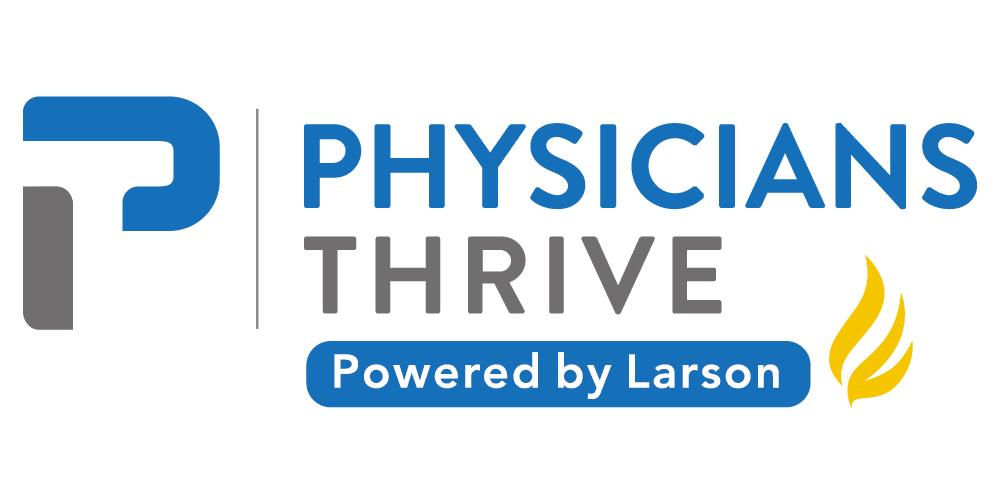An Accidental Death and Dismemberment Rider (AD&D) provides an increased benefit in the event that the policyholder suffers an accidental death or dismemberment. In the event of the unthinkable, an AD&D rider could provide up to double the payout, however, pay close attention to the fine print as these riders tend to include very restrictive language.
In a typical AD&D rider, if you die as a result of an accident, the insurance company will pay up to twice the amount of the original death benefit. These riders include very specific language defining what events qualify as an accidental death. AD&Ds typically covers drownings, homicide, falls, machinery accidents, traffic accidents, and exposure to the elements. There are also restrictions relating to when the death can occur in order to qualify for AD&D benefits. For example, if the policyholder passes away from injuries related to an accident more than six months after the incident, they may not qualify for the larger payout.
The second portion of an AD&D rider relates to increased benefits in the event of dismemberment. In the event that a policyholder with an AD&D rider loses a limb (such as an arm, leg, foot, hand, or fingers) or the loss of use a body part (such as paralysis, loss of eyesight, or loss of hearing), the policy will pay out additional benefits while the insured individual is still living. An AD&D rider is not an accelerated death benefit rider, meaning the additional payouts received in the event of a dismembering accident will not reduce the death benefit paid out to the policy’s beneficiaries. However, policy language related to dismemberment coverage can also be exclusionary and restrictive. For example, some policies may pay out different amounts depending on how many limbs are lost in an accident. The specific terms of AD&D riders can vary significantly between insurance companies, so pay close attention to the specific situations that are and are not covered.







































